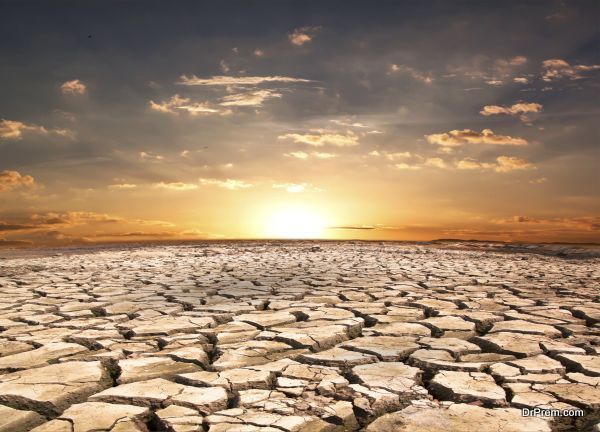Sustainable agriculture is all about growing crops that leaves a minimal or no carbon footprint on the land and in the environment. Out of the many sustainable agriculture techniques, carbon farming is the one about which this article is going to enlighten you.
Carbon Farming

A farming technique that helps reduce greenhouse gas emissions and that helps capturing carbon in soil and vegetations is called carbon farming. Agriculture has three major responsibilities – food security, landscape restoration, and climate change but not many agricultural practices manage to serve all the three purposes.
Some provide utmost food security but forget to take care of the landscape restoration and climate change, and vice-versa. However, when you consider carbon farming, it manages to take care of all three ideally.
All the production processes of carbon farming aim to reduce emissions, and seize carbon in the landscape, as in vegetation and soil. Carbon farming has a wide assortment of ways to manage greenhouse gas emissions, starting with land management. By introducing agroforestrym no-till cropping, grazing management, stubble retention, and use of feed supplements that reduce methane are some of the very effective ways.
Benefits of Carbon Farming

Carbon farming has some real benefits that include carbon sequestration, which is seizing carbon in soil and vegetation. It reduces soil erosion, increases soil fertility, and its water efficiency increases that in turn increases vegetation.
Carbon present in the soil is so essential for crops, as it supplies phosphorus, nitrogen, calcium, magnesium, and other micronutrients to the crop. These nutrients make carbon a key component of soil, which improves crop production. The carbon present in the soil enhances the water retention, nutrient storage, and other soil biodiversity qualities that enhance crop production.
The rate of soil carbon depletion is high that makes soil vulnerable to nutrient loss and poor crop production capacity. Years of farming deplete soil carbon, leaving it incompetent to produce healthy crops anymore. To maintain the carbon reserve in the soil, carbon farming seems to be the most effective remedy.
Carbon farms reverse global warming. Really?

A German research had come up with a suggestion that planting millions of acres with the Barbados nut in dry coastal areas can bring a significant reduction in the atmospheric CO2. To go by the research, it is a far better and a less risky alternative to other forms of carbon capture. However, some other experts opposed this research and raised doubts about the possible growth (or lack thereof) of Barbados nut in sand.
The supporters of the study believe that these plantations mitigate the effect of global warming in the deserts. They increase precipitation and decrease temperature, which can be the scenario all across the globe if a major part of earth is covered with carbon farms. Researchers believe that all other projects only prevent emissions but such a huge plantation helps extract almost all carbon dioxide from the atmosphere, leaving it so healthy.
Barbados nut is a plant that is well suited for regions that are unsuitable for other crops. A plant helps biodiesel production and easily grows in temperature crossing 100 degrees Fahrenheit. Yet another factor that makes Barbados nut an eco-friendly plantation is its capacity to withstand high levels of soil contamination. This means wastewater can be used to irrigate these plantations, thus, saving a lot of clean water for other human requirements.
The Barbados nut grows deep with its long roots embedded deep in the soil, which enables ideal carbon binding. This is the most important feature that adds value to this research and proves carbon farming can be of great help to sustain our environment.


